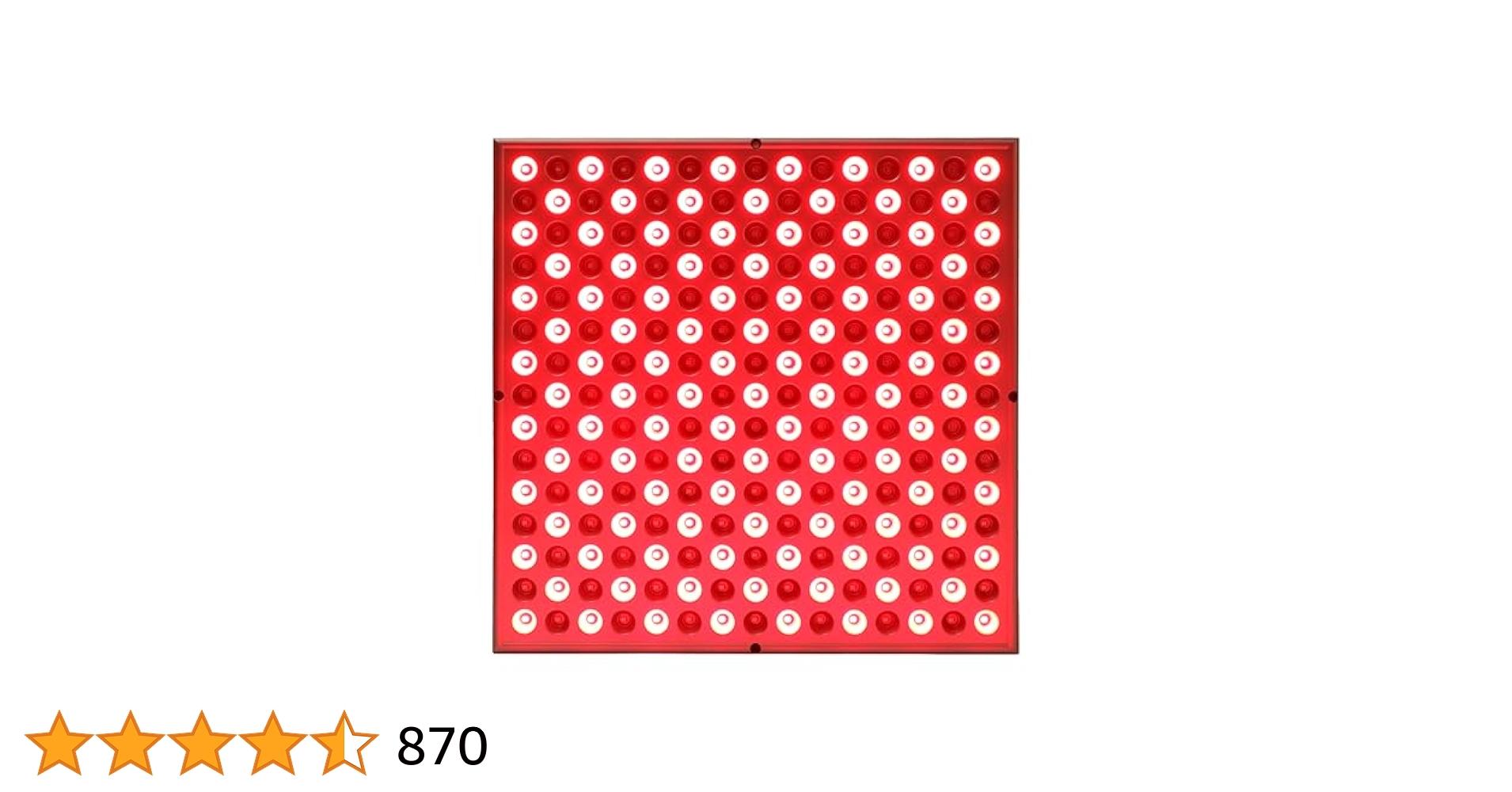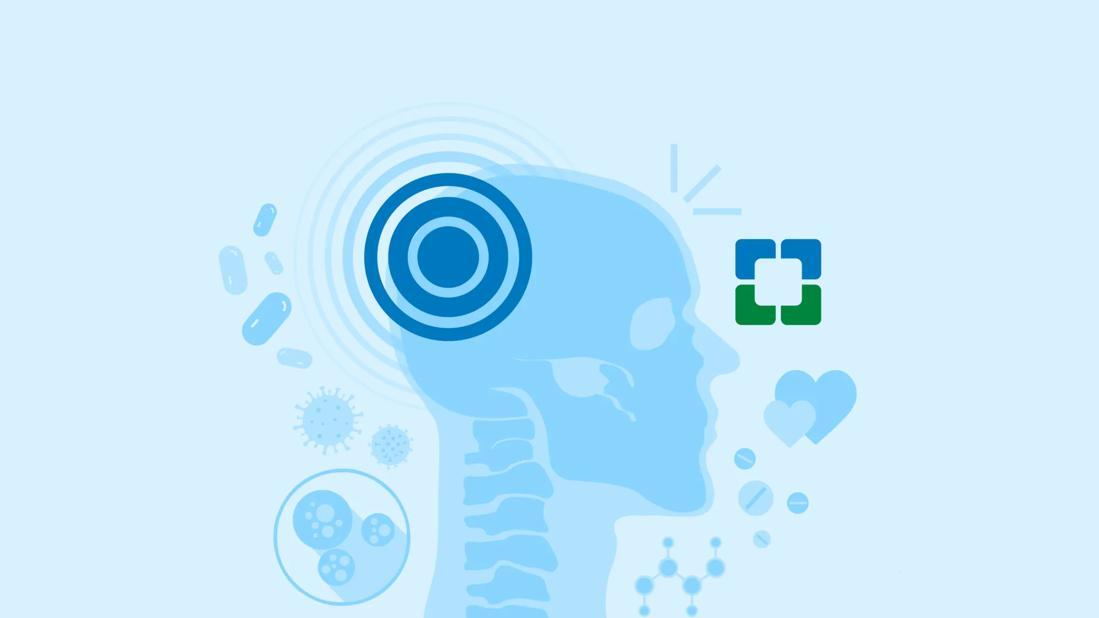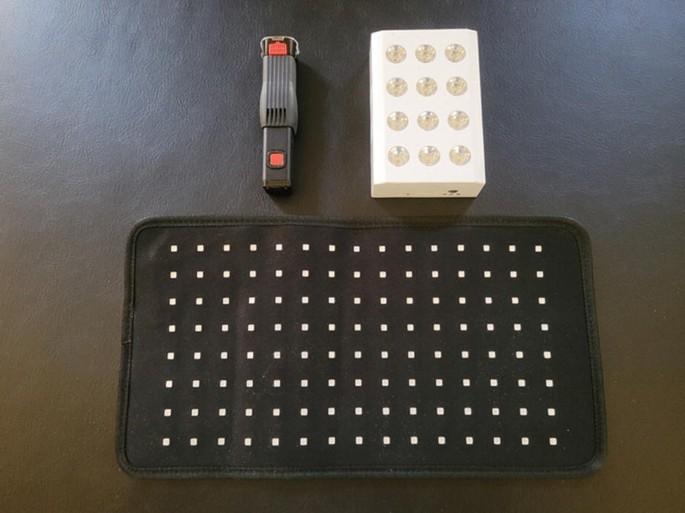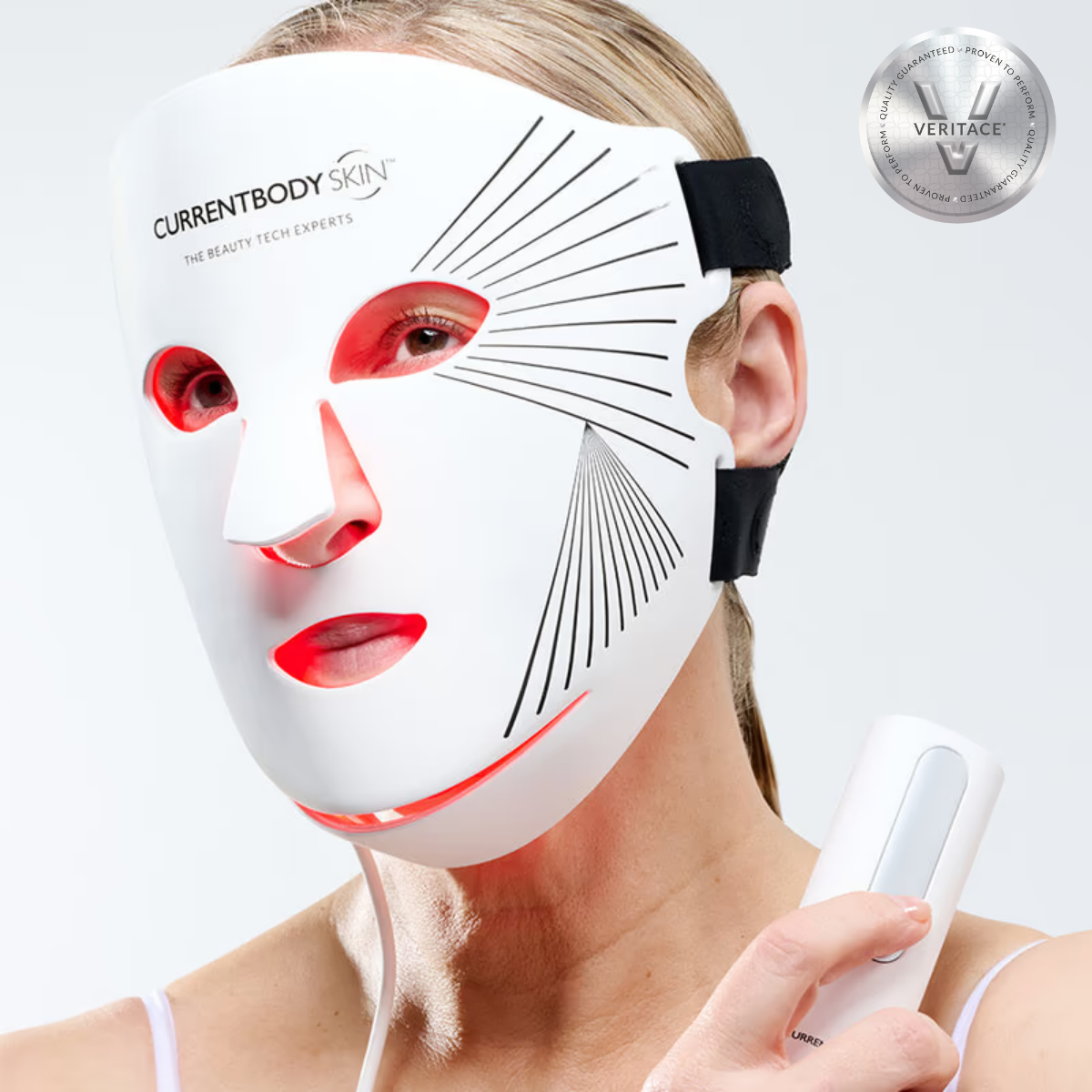Light therapy has emerged as a fascinating and increasingly popular wellness practice, promising a spectrum of benefits from boosting mood to improving skin health. However, like many innovative therapies, it’s often shrouded in misconceptions and misleading information. At Glow Pulse Therapy, our mission is to illuminate the truth. In this comprehensive guide, we’re diving deep to explore and debunk the most common myths about light therapy, ensuring you have a clear, accurate understanding of its potential and how it truly works. Get ready to shine a light on the facts and banish those persistent falsehoods.
Light Therapy is Just for Seasonal Affective Disorder (SAD)
One of the most widespread misconceptions about light therapy is that its sole purpose is to combat Seasonal Affective Disorder (SAD). While bright light therapy has indeed proven incredibly effective for mitigating the “winter blues” by regulating circadian rhythms and boosting serotonin levels, its applications extend far beyond this seasonal mood disorder. This narrow view often prevents people from exploring the full potential of therapeutic light.
Beyond SAD: Skin Health and Anti-Aging
Light therapy, particularly red light and near-infrared (NIR) light therapy, is a powerhouse for dermatological health. These specific wavelengths penetrate the skin to stimulate cellular repair, boost collagen and elastin production, and reduce inflammation. This makes it an incredibly effective tool for addressing a range of skin concerns, from fine lines and wrinkles to acne and rosacea. It’s like giving your skin cells a much-needed energy boost to heal and rejuvenate themselves naturally.
Alleviating Pain and Inflammation
Did you know that certain wavelengths of light, especially red and near-infrared, have significant anti-inflammatory and pain-relieving properties? Athletes, individuals with chronic pain, and those recovering from injuries are increasingly turning to light therapy to reduce muscle soreness, accelerate wound healing, and alleviate joint pain. The light energy helps to improve blood circulation and reduce oxidative stress at a cellular level, leading to faster recovery and reduced discomfort.
Improving Sleep and Circadian Rhythms
Beyond SAD, light therapy, particularly controlled exposure to specific blue or broad-spectrum light in the morning, can powerfully influence your sleep-wake cycle. For those struggling with insomnia, jet lag, or shift work, carefully timed light exposure can help reset the body’s internal clock, promoting more restful nights and more energetic days. It’s about signaling to your brain that it’s time to be awake and alert, or conversely, helping it wind down when natural light fades.
All Light is the Same; Any Bright Light Works
Another common myth is that “light is light,” and therefore, any bright source, whether it’s an ordinary lamp or sunlight through a window, can offer the same therapeutic benefits. This couldn’t be further from the truth. The effectiveness of light therapy hinges entirely on the specific type, intensity, and wavelength of light being used. It’s not just about brightness; it’s about precision.
The Power of Wavelengths: It’s All About Nanometers
Think of light as a spectrum of colors, each with a unique wavelength measured in nanometers (nm). Just as a radio needs to be tuned to a specific frequency to pick up a particular station, your body responds differently to distinct light wavelengths. Red light (around 630-700 nm) and near-infrared light (around 800-1000 nm) are known for their deep tissue penetration and cellular regeneration properties. Blue light (around 400-495 nm) is effective for targeting bacteria that cause acne and for circadian rhythm regulation. Without these specific wavelengths delivered at the correct intensity (irradiance), the desired biological effects simply won’t occur.
Understanding Different Light Types (Red, Blue, Green, NIR)
Each color of light serves a distinct purpose. Red light therapy (RLT) often involves both red and near-infrared light, lauded for skin rejuvenation, pain relief, and muscle recovery. Blue light therapy is commonly used for acne treatment and for boosting alertness and regulating sleep when used correctly. Green light therapy is gaining interest for its potential in pain management, particularly migraines, and its calming effects. Broad-spectrum white light, often used in SAD lamps, mimics natural sunlight to regulate mood and energy. Using the wrong type of light for your specific needs is akin to using a hammer when you need a screwdriver – it won’t achieve the desired result.
Light Therapy is Dangerous or Causes Skin Damage
This is a significant concern for many newcomers, often stemming from confusion with UV light or general misinformation. The myth suggests that exposing your skin or eyes to therapeutic light carries risks of damage, similar to sun exposure. Let’s set the record straight: properly administered light therapy, especially red and near-infrared light, is incredibly safe and does not cause skin damage or harmful UV exposure.
Is Light Therapy Safe for Your Eyes?
For most forms of therapeutic light, particularly red and near-infrared light used for skin and body benefits, the eyes should be protected with appropriate eyewear or kept closed during treatment, especially when using high-intensity devices. However, for bright light therapy devices designed for SAD, which typically emit broad-spectrum white light, they are designed to be safe for open eyes and do not emit harmful UV rays. Always follow the manufacturer’s instructions for eye protection, but rest assured, these devices are engineered with user safety in mind.
Distinguishing Therapeutic Light from Harmful UV
This is perhaps the most crucial distinction. The harmful effects of sun exposure, such as sunburn, premature aging, and increased skin cancer risk, are primarily due to ultraviolet (UV) radiation. Light therapy devices, whether for SAD, skin rejuvenation, or pain relief, do not emit UV light. Instead, they use specific visible (e.g., red, blue) or invisible (near-infrared) wavelengths that are beneficial to the body without the damaging effects of UV. It’s like comparing the gentle warmth of a heating pad to the scorching heat of a wildfire; both involve heat, but their effects are vastly different.
“A common misconception is that light therapy devices emit UV light, but that’s simply not true,” explains Dr. Evelyn Reed, a photonics research specialist. “Therapeutic light works within the beneficial spectrums – visible red and invisible near-infrared – which are fundamentally different from the damaging UV rays you find in sunlight or tanning beds. Safety is paramount in device design.”
Light Therapy Works Instantly
Many people approach light therapy with the expectation of immediate, miraculous results, similar to taking a painkiller. While some effects, like a boost in alertness from blue light, can be felt relatively quickly, the deeper cellular changes that light therapy aims to achieve typically require consistent and repeated application over time. Patience is indeed a virtue when it comes to harnessing the full power of light.
Setting Realistic Expectations for Results
Think of light therapy as a cumulative process, much like exercise or a healthy diet. You don’t get fit after one workout, nor do you become healthier after one nutritious meal. Similarly, cellular regeneration, collagen production, or significant mood regulation takes time. For skin improvements, consistent daily or weekly sessions over several weeks or months might be necessary to see noticeable changes. For mood or sleep benefits, consistent daily use for at least 2-4 weeks is often recommended before assessing efficacy. Setting realistic expectations and committing to a consistent routine are key to success.
Light Therapy is Too Expensive or Only for Professionals
The idea that light therapy is an exclusive, high-cost treatment reserved only for clinics or spas is another prevalent myth. While professional-grade devices and clinical treatments certainly exist, the market for home-use light therapy devices has expanded dramatically, offering effective and affordable options for various needs.
In fact, the initial investment in a quality home device can be far more cost-effective in the long run than repeated clinic visits. There are a variety of devices available, from small, targeted wands for anti-aging to larger panels for full-body treatment, at price points that cater to different budgets. The accessibility of these devices means that you can integrate light therapy into your daily routine from the comfort and privacy of your own home.
Light Therapy Lacks Scientific Backing
Perhaps the most damaging myth is that light therapy is mere pseudoscience, lacking legitimate scientific evidence. This couldn’t be further from the truth. Light therapy, particularly specific modalities like red light therapy and bright light therapy for SAD, is one of the most extensively researched non-pharmacological therapies available.
Hundreds, if not thousands, of peer-reviewed studies and clinical trials have investigated the mechanisms and efficacy of various light wavelengths for a wide range of conditions. From NASA’s early research on LED lights for plant growth and wound healing in space to ongoing university studies on its effects on neurological conditions, the scientific community continues to explore and validate the therapeutic potential of light. Regulatory bodies like the FDA have cleared many light therapy devices for specific uses, further attesting to their safety and effectiveness.
 Scientific research documents and studies on light therapy with a focus on data and evidence
Scientific research documents and studies on light therapy with a focus on data and evidence
“The scientific evidence supporting light therapy’s benefits, especially for skin health and pain management, is robust and growing,” notes Dr. Marcus Thorne, a bio-optics researcher. “It’s no longer just anecdotal; we understand the cellular mechanisms at play, from mitochondrial stimulation to gene expression modulation. The research is constantly evolving and validating its potential.”
You Can Get the Same Benefits from Sunlight
While sunlight is indeed a powerful and essential source of light for our overall well-being, relying solely on natural sunlight for specific therapeutic benefits often falls short. The idea that sunlight can replicate controlled light therapy is a common misunderstanding.
Sunlight, while beneficial, comes with significant variables and potential drawbacks. Its intensity and spectral composition change dramatically throughout the day, with seasons, and based on weather conditions. Crucially, natural sunlight contains harmful UV rays, which, as discussed, are deliberately excluded from therapeutic light devices. Furthermore, achieving precise, targeted wavelengths and consistent dosages – which are critical for specific therapeutic outcomes like collagen production or deep tissue healing – is impossible with sunlight. Light therapy devices offer a controlled, targeted, and safe way to deliver specific light wavelengths without the risks associated with UV exposure or the inconsistencies of natural light.
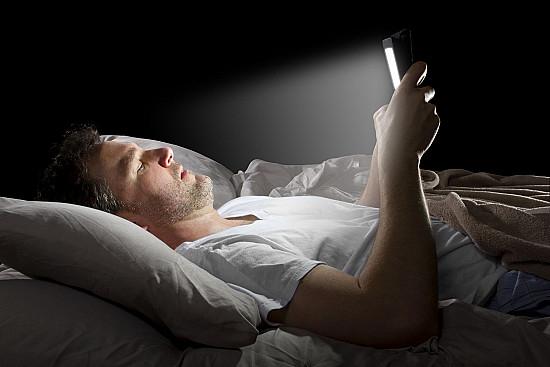 Comparing controlled light therapy benefits with natural sunlight exposure for health
Comparing controlled light therapy benefits with natural sunlight exposure for health
Conclusion
Light therapy is a powerful, versatile, and increasingly accessible tool for enhancing well-being. By debunking these common myths about light therapy, we hope to have provided you with a clearer, more accurate understanding of what it is, how it works, and its vast potential. From boosting your mood and improving your sleep to rejuvenating your skin and alleviating pain, light therapy offers a scientifically backed approach to holistic health. As you embark on your light therapy journey with Glow Pulse Therapy, remember to consult reliable sources, choose appropriate devices, and maintain consistency to unlock the full spectrum of benefits.
FAQ
Q1: Is light therapy FDA approved?
A: Many light therapy devices, particularly those for SAD, pain relief, and certain skin conditions, have received FDA clearance, indicating they are deemed safe and effective for their intended use. Always check the specific device’s clearance status.
Q2: Can I overuse light therapy?
A: While light therapy is generally safe, overexposure to certain wavelengths or intensities can be counterproductive. Always follow the manufacturer’s recommended usage guidelines for duration and frequency to ensure optimal and safe results.
Q3: Does light therapy hurt?
A: No, light therapy should not cause pain. Most users describe the sensation as a gentle warmth or no sensation at all. If you experience discomfort, stop immediately and consult the device’s instructions or a healthcare professional.
Q4: How long does it take to see results from light therapy?
A: The timeline for results varies greatly depending on the condition being treated, the type of light used, and individual factors. Some may feel mood benefits within days, while skin improvements or pain relief might take several weeks of consistent use.
Q5: Are there any side effects of light therapy?
A: Side effects are generally mild and temporary, if they occur at all. They can include eye strain (if not using proper eye protection), headaches, or irritability, particularly with bright light therapy for SAD. These usually subside quickly with proper use.
Q6: Can light therapy be used with other treatments?
A: Light therapy can often be used safely in conjunction with other treatments, but it’s always best to consult with a healthcare professional before combining therapies, especially if you have underlying health conditions or are taking medications.
Q7: Is light therapy effective for everyone?
A: While many people experience significant benefits, light therapy may not be effective for everyone. Individual responses can vary due to factors like genetics, lifestyle, consistency of use, and the specific condition being addressed.
